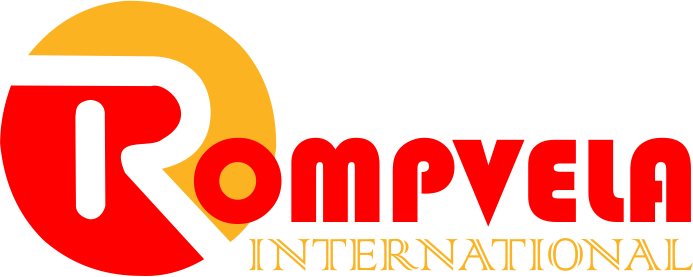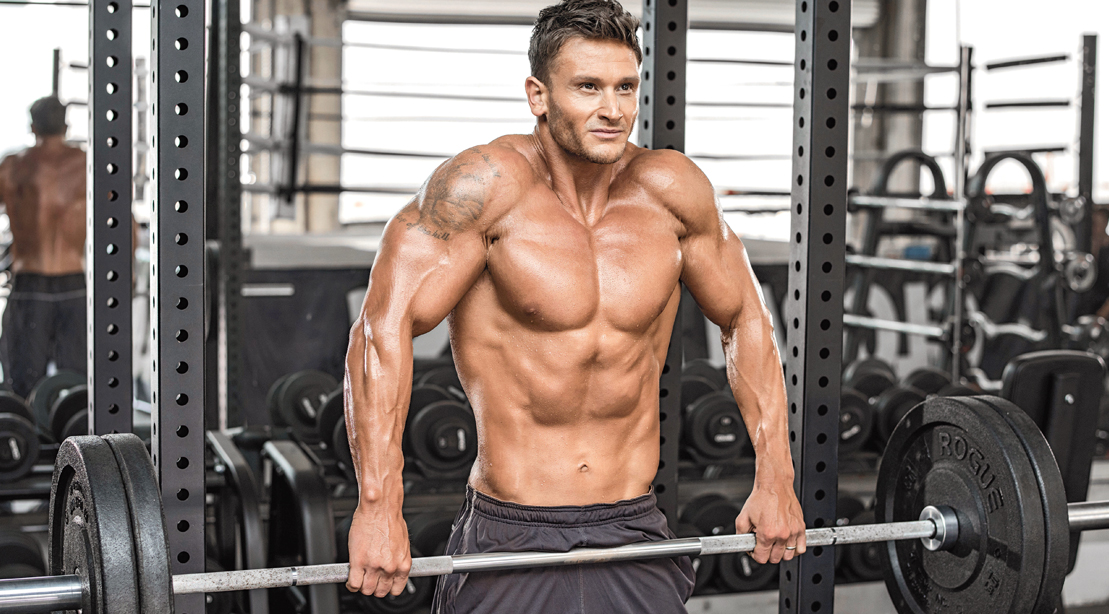[ad_1]
Let’s face it, having a thick neck can be quite imposing. Besides giving you that intimidating middle linebacker look, it’s an indication of the dedication and hard work in the gym. Those massive traps make someone look like the Incredible Hulk without turning green.
But a massive yoke isn’t all about vanity. The human head weighs over eight pounds, moves in multiple directions, and protects our most important asset (that would be your brain for most of us). That’s why it’s important to start incorporating neck exercises into your routine.
Isolating the neck will provide a great finishing touch to a powerful physique and help support good head position and better posture. Here we will go into neck anatomy, benefits of direct neck training, and four neck exercises to add the cherry on top of your skull.
Let’s get to work.
Anatomy of the neck
The neck is not all about the traps. The neck contains multiple muscles that support head position, posture, and breathing. Here’s a breakdown of the major neck muscles.
- Trapezius: The trapezius is a large, flat, triangular muscle that extends over the back of the neck and upper back. This originates from the external occipital protuberance (back of the skull parallel to the upper jaw) and the ligamentum nuchae and it has multiple insertion points. The main movements of the traps are lateral flexion, contralateral rotation of the head and extension of the head.
- Levator scapulae: The levator scapulae is a long slender superficial muscle on each lateral side of the neck. This originates from the C1-C4 of the cervical (neck) spine and inserts on the medial border of the scapula. The movements of the Levator scapulae are elevation and retraction of the shoulder blades and extending and laterally flexing the neck.
- Sternocleidomastoid: The sternocleidomastoid is a large two-headed muscle on each side of the neck. One head originates from the medial third of the clavicle, while the other originates from the manubrium of the sternum and inserts onto the mastoid process of the temporal bone. The movements of the Sternocleidomastoid are unilateral lateral flexion of the neck on the same muscle side and lateral rotation of the head on the opposite side. When both sides and muscles of the sternocleidomastoid contract it assists in neck flexion.
- Scalene: The scalene muscles are three paired muscles on the anterior, middle, and posterior of the lateral neck. These muscles originate from the vertebrae C3-C6 and insert onto the scalene tubercle and superior border of the first rib. The scalene muscles act as accessory muscles for breathing and assist in all movements of the head.
Benefits of direct neck exercises
There’s no doubting the aesthetic benefits of a strong and muscular neck, but it does have a few important performance and health benefits too. Here are four reasons to include direct neck training in your programming.
- Reduces Neck Tightness: The four exercises listed below, when performed well and a full range of motion, may help in releasing neck tension, tightness, stiffness, and maybe help improve flexibility.
- Improves Breathing: The anterior, medial, and posterior scalene muscles and sternocleidomastoid muscles, contract and relax to assist in breathing which becomes more important during high-intensity exercise.
- Improves Squats And Deadlifts: The upper traps are an important part of the upper back which when engaged will stop your squat from turning into a good morning and keep the bar close to you while deadlifting. Plus, muscular upper traps gives more space for the barbell to sit.
- Injury Prevention: If you’re a collision athlete training the neck is a no-brainer. Yes, pun intended. The neck supports the head and what’s in it. Studies has shown that collision athletes like football players, boxers, and people who get hit in the head have had more extensive orthopedic injury histories and a stronger neck equals lower injury risk.
Top 4 Neck Exercises
Shrugs make up one of the more important movements of the neck but there are other variations to spice up your neck game. Here are four moves to strengthen the neck and add muscle to your yoke.
[ad_2]
Source link


